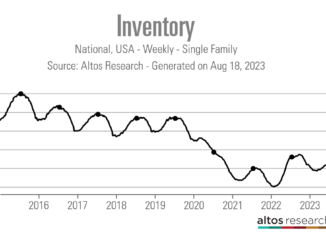
The mortgage world is fast-paced and constantly evolving, driven by shifts in laws and economic conditions. Both lenders and borrowers need to grasp these changes to skillfully move through the maze of mortgage regulations. This guide will walk you through the need-to-knows, helping you thrive in today’s mortgage scene without getting bogged down in legalese.
Understanding legislative changes
At the core of mastering mortgage regulations is getting a handle on legislative updates. These changes directly affect how loans are processed and the overall market dynamics for borrowers. From tweaks in consumer protection laws to new lending standards and disclosure requirements, the goal is always to foster a clearer and fairer lending process.
For example, ongoing updates to the Qualifying Mortgage Rule, which has been rewritten twice and may see another revision soon, have significantly shaped lending practices. These changes generally aim to shield consumers from predatory lending practices and stabilize the financial market. For those not familiar with the current QM rule, there is a summary of the requirements available from the CFPB as well as a more comprehensive guide to the rule.
What It means for lenders and borrowers
For lenders, compliance is key. Falling short can lead to severe penalties and tarnish their reputation. This requires lenders to conduct thorough training for their staff, update loan processing systems and carry out frequent audits to stay in line with the latest rules.
Borrowers, meanwhile, find that these regulations influence everything from their loan terms to the costs and their rights as consumers. Although this might mean more forms to fill out and tougher qualification processes, these steps are designed to prevent the risky lending behaviors that contributed to the 2008 financial crisis.
Keeping up to date
A top tactic for managing all the twists and turns is to keep well-informed. This can be done by:
Subscribing to industry publications: Many journals and newsletters provide updates on mortgage laws and compliance case studies.
Attending workshops and seminars: These gatherings are gold mines for insights on regulatory trends and are great for networking.
Embracing technology: Several software solutions can simplify compliance by automating the handling of documents and keeping systems updated with the latest laws.
Adapting to changes
Success in the mortgage industry hinges on your ability to adapt. This may mean overhauling your loan offerings, tweaking your marketing plans or embracing new tech to streamline processing and stay compliant. Being flexible also involves quickly updating your internal policies to meet new legal demands.
Continuing education is also essential for professionals in the mortgage industry to stay current with regulatory changes, enhance their skills, and provide excellent client service. Through continuous training, you can gain a deep understanding of the latest laws and guidelines. This education not only helps with compliance but also equips you with the knowledge to effectively evaluate loan applications, manage risks, and explain complex mortgage terms to clients with confidence.
Mastering mortgage regulations for future success
Mastering the shifting sands of mortgage regulations requires a solid grasp of the latest legislative updates, a dedication to staying informed and a versatile business approach. By adopting these strategies, both lenders and borrowers could become much better equipped to navigate the complexities of the mortgage industry, maintaining compliance and seizing new opportunities as they arise.
Peter Citera is the Director of Mortgage Education at Real Estate Institute. Since 2005, he has been a trusted educator for thousands of mortgage professionals across the nation, teaching licensing and continuing education courses.
This column does not necessarily reflect the opinion of HousingWire’s editorial department and its owners.
To contact the editor responsible for this piece: [email protected]



